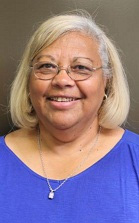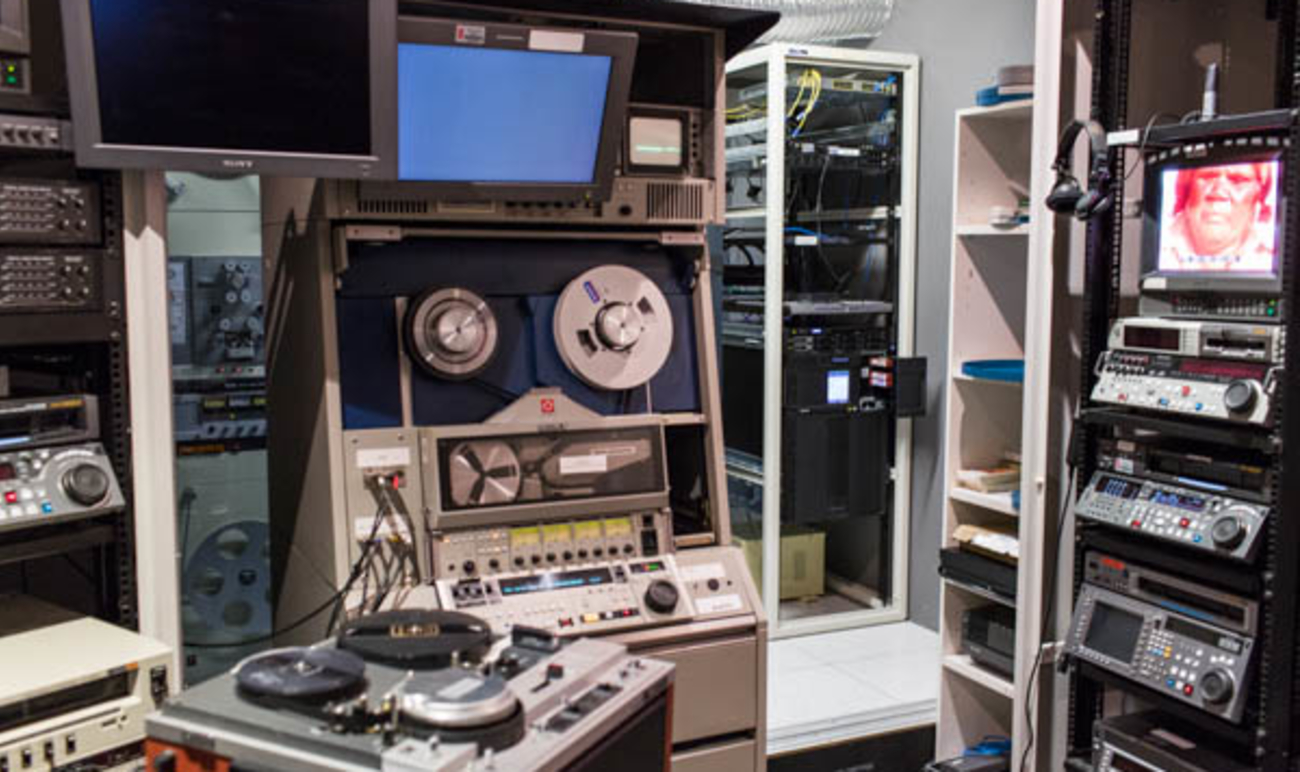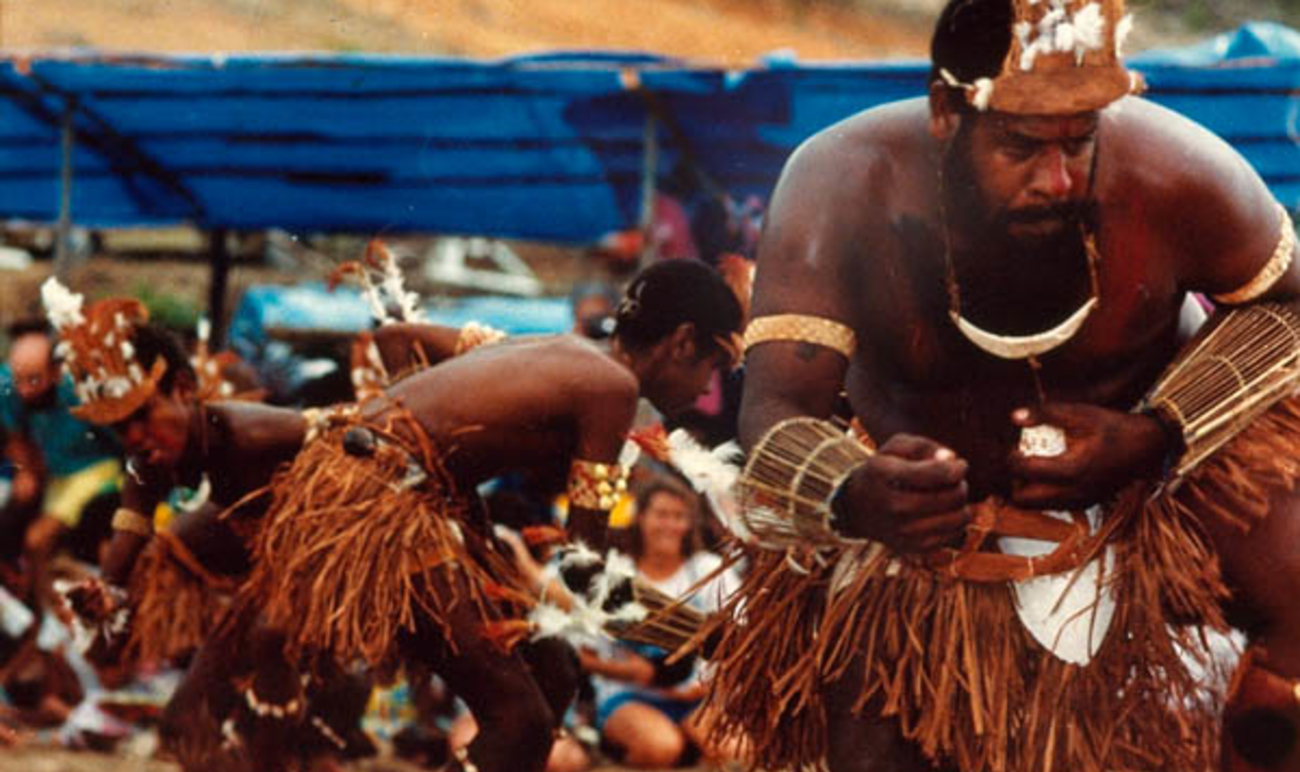‘Everybody’s heritage dictates who we are and where we come from’. — Chrissy Grant, Kuku Yalanji and Mualgal
One person who understands more than most about Australia’s heritage is Chrissy Grant, a Kuku Yalanji and Mualgal woman with a long and diverse background in cultural heritage management.
Chrissy’s country is the narrow strip of land where the rainforest meets the reef just south of the Daintree River to Cape Tribulation, as well as Moa Island in the Torres Strait. She found her calling in heritage and has been at the forefront of the sector within Australia and internationally.
‘I felt at home working in the heritage area after growing up on country which had the Wet Tropics world heritage area on one side of it, and the Great Barrier Reef world heritage area on the other side of it.
‘I worked for over 10 years as Director of Indigenous Heritage in the Australian Heritage Commission and then the Department of Environment and Heritage at the federal level, overseeing the introduction of the Environment Protection Biodiversity Conservation Act and continuing to raise the profile of Indigenous heritage by ensuring that Indigenous communities were empowered to make their own decisions about their own cultural heritage.’
Years down the track and now in retirement, Chrissy is still very much involved in Australia’s heritage sector and feels that the next challenge is, ‘making people aware of Indigenous values across the landscape, to paint and provide the full story’.

Among many career achievements for Chrissy Grant was establishing the first peak body in Australia to advocate for Aboriginal and Torres Strait Islander cultural heritage. Chrissy has also lent her expertise to building understanding within UNESCO about Indigenous peoples views on intangible and tangible heritage. Chrissy Grant is pictured here working at the 2014 Nagoya Protocol Meeting of the Parties 1 at the Convention of Biological Diversity Conference in Pyeongchang, South Korea.
Among many career achievements for Chrissy Grant was establishing the first peak body in Australia to advocate for Aboriginal and Torres Strait Islander cultural heritage. Chrissy has also lent her expertise to building understanding within UNESCO about Indigenous peoples views on intangible and tangible heritage. Chrissy Grant is pictured here working at the 2014 Nagoya Protocol Meeting of the Parties 1 at the Convention of Biological Diversity Conference in Pyeongchang, South Korea.
‘Non-Indigenous people separate tangible and intangible cultural heritage. But, for Indigenous people in Australia, we don’t separate our heritage between intangible and tangible.'
‘If you are looking across the landscape and there is a particular heritage site or place in the landscape, that’s a tangible thing. But associated with that site might be stories, song, dance, and they are all part of our Australian Indigenous cultural heritage.
‘If there were two sites in the landscape and there was a songline that went from one side to the other, and that was disrupted in some way with a gas pipeline or some other development, our cultural heritage values are most likely damaged or destroyed. Even though it’s an intangible thing — you can’t see that songline, it is an important part of our heritage.’
The disconnect between the cultural value of places, as understood by Aboriginal and Torres Strait Islander peoples, and those of other interests, has played out in devastating ways.
Many of us would have read or heard about the destruction of the 46,000 year old caves at Juukan Gorge in Western Australia. The circumstances that allowed for the lawful destruction of these sites highlights a major shortcoming in current heritage legislation; namely how heritage is recognised, valued and protected.
What is needed is a recognition of Aboriginal and Torres Strait Islander cultural processes and values in policy, decision making and development practices. Understanding that Aboriginal and Torres Strait Islander Elders and knowledge holders possess a deep and complex understanding of cultural value that is both tangible and intangible is essential.
In the case of the Juukan Gorge, it is clear that an expansion of the mine that lead to the destruction of Aboriginal culture and heritage at the site would have provided some economic benefit. Its archaeological significance is also quite evident; its age alone gives it a status of archaeological worth.
What is missing, and what is missing in cultural and heritage discourse more generally, is an expression, or more specifically a value, placed on the cultural significance of sites.
What the site meant to the Puutu Kunti Kurrama and Pinikura peoples is not widely understood. For many sites it isn’t appropriate to share the cultural meaning and connection because it is sensitive. A site’s loss, therefore, could be incredibly significant and have a lasting impact.
To be able to preserve and protect the context of culture and heritage, as well as the tangible and intangible heritage itself, Aboriginal and Torres Strait Islander peoples must be able to give or withhold consent to any project on their land or involving their heritage. This is the principle of free, prior and informed consent (FPIC).
If FPIC was enacted in Australian legislation, and particularly Western Australian legislation, it would allow for genuinely shared decision making. FPIC would ensure that any proposed destruction of cultural heritage would only happen on the terms of the relevant Aboriginal and Torres Strait Islander peoples.
In the case of the Juukan Gorge, if there had been free, prior and informed consent, there well may have been a very different outcome.
Read the AIATSIS submission to the Inquiry into the destruction of 46,000 year old caves at the Juukan Gorge in the Pilbara region of Western Australia.
What is Free Prior and Informed Consent?
Free, prior and informed consent is a fundamental principle of self-determination as articulated in the United Nations Declaration on the Rights of Indigenous People.
Free, prior and informed consent (FPIC) is not merely informing and getting consent, it is about effective and meaningful engagement.
- Free means that consent must be voluntarily given, without coercion, duress or pressure.
- Prior means that consent must be given before any action is taken.
- Informed consent means that all parties have a clear understanding of what is being proposed and its implications.
- Informed consent is a process of communication between all parties. It does not exist unless all relevant information is provided and in an accessible form, which may require it to be translated into the preferred language of Aboriginal and Torres Strait Islander peoples. This could be an Indigenous language or a variety of English.
Learn more about FPIC and engaging with traditional owners in our Engaging with Traditional Owners guide .





